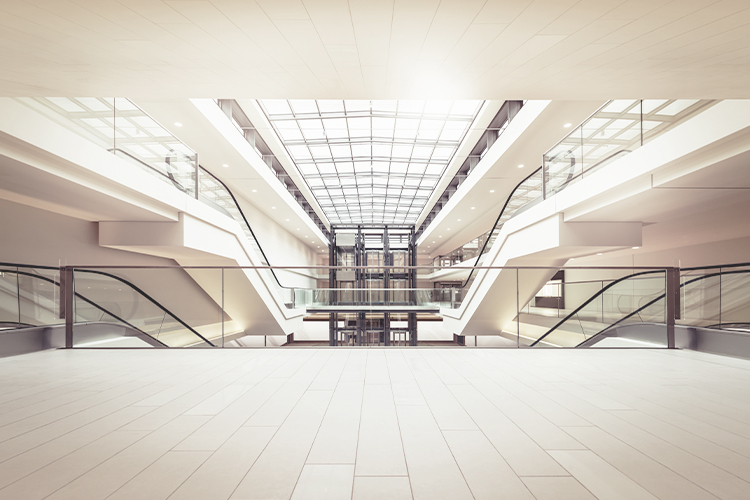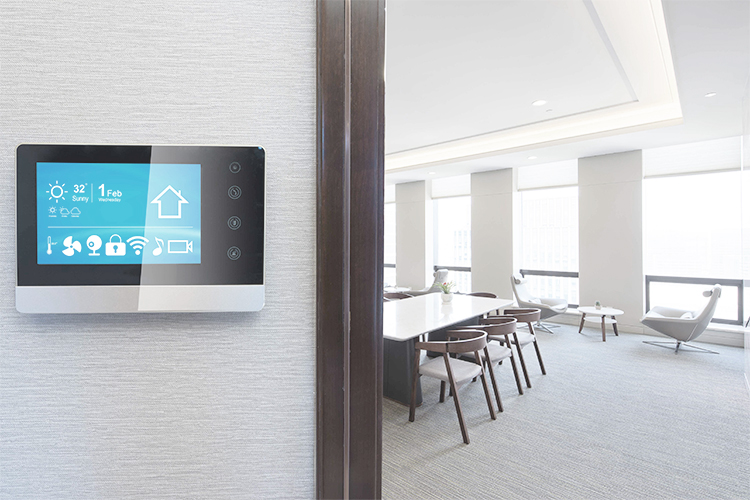
The potential uses for networked lighting controls are quite literally limitless. From dimming to visible light disinfection, we’re just beginning to scratch the surface for use cases of commercial lighting control systems.
With all of these options to explore, it can be intimidating for building managers to understand how networked lighting can enhance their facilities.
EMC’s lighting specialists are here to take the intimidation out of networked lighting controls.
Our easy-to-understand explanations of networked lighting applications are backed with brain power from our in-house engineers so you can learn how these advanced lighting systems could be beneficial to your facilities.
Here are four concrete uses of networked lighting controls that help businesses reduce energy costs.
4 Uses for Networked Lighting Controls in Buildings
Individual Fixtures + Scheduling and Occupancy
Adding sensors to individual fixtures is one of the simplest ways to get started with advanced lighting systems. With this basic level of controls, building managers can add the functionality for scheduling and occupancy. This allows lamps to turn on and off at scheduled times or when spaces are unoccupied, saving money by using less electricity.
Stand-Alone Zones + Daylighting
When multiple lamps in a networked lighting system are grouped together, building managers can control the entire group as a zone. This functionality is practical when considering a use case such as daylighting. This means lamps automatically turn off when ambient lighting is bright enough, typically during peak daylight hours.
Building Level + Asset Tracking
Networked lighting systems at the building level offer a greater amount of control in comparison to individual fixtures and stand-alone zones. Building level controls connect lamps through a clean user interface. This allows building managers to change settings easily from a desktop computer or a tablet. At the building level, advanced controls can really take off because facility managers can start collecting data from the entire facility.
One of the many use cases for building level lighting controls is asset tracking. With asset tracking, the sensors between lamps and a product are connected, allowing staff to locate products virtually and track down specific items quickly. It’s helpful for product location on the floor and inventory location in a warehouse.
Full-Enterprise + Load Shedding
Full-enterprise networked lighting controls connect multiple facilities through one central dashboard. This gives building managers a complete view of the performance of their complex at a glance. Full-enterprise controls even include integration with HVAC, security and refrigeration systems for a bigger picture of operations.
With this level of functionality, load shedding becomes a simple click of a mouse rather than the manual adjustment of several systems.
At EMC we know that most of our customers don’t live and breathe lighting technology like we do. So when it comes to upgrading your building’s lighting systems, lean on our lighting specialists for recommendations that move your company toward its energy savings goals.

